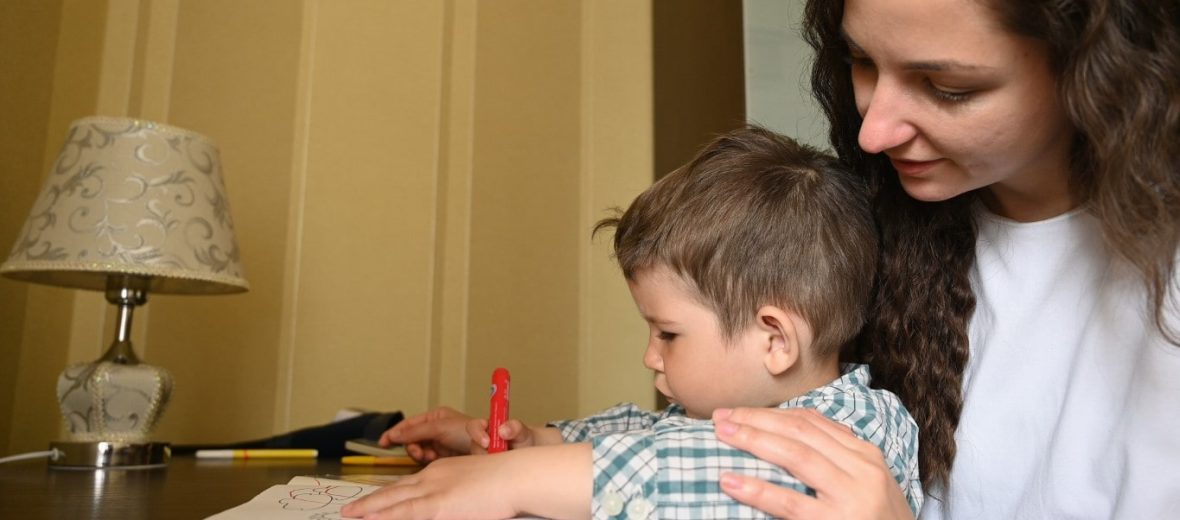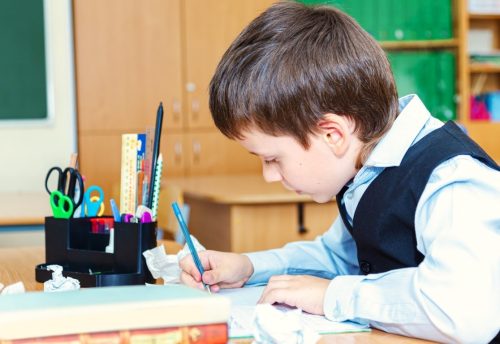
The Benefits of Hands-On and Experiential Learning
Hands-on and experiential learning have become increasingly popular in recent years as educators recognize the many benefits that these methods have for students. Rather than simply listening to a lecture or reading a textbook, hands-on and experiential learning involve actively engaging with the material, often through activities or projects that require problem-solving and critical thinking. Here are some of the benefits of hands-on and experiential learning:
Improved retention: One of the most significant benefits of hands-on and experiential learning is that it leads to better retention of information. When students actively engage with the material, they are more likely to remember it, especially when they can connect it to real-world applications.
Better problem-solving skills: Hands-on and experiential learning often require students to solve problems and think critically. This type of learning helps students to develop problem-solving skills that are essential for success in many areas of life.
Increased engagement: Hands-on and experiential learning are more engaging than traditional learning methods, such as lectures or reading. When students are engaged in the learning process, they are more likely to be motivated and interested in the material.
Improved collaboration skills: Many hands-on and experiential learning activities require students to work in groups or pairs. This type of collaboration helps students to develop teamwork and communication skills that are essential for success in many areas of life.
Real-world applications: Hands-on and experiential learning often involves activities or projects that have real-world applications. This helps students to understand how the material they are learning applies to the world around them and how they can use it in their daily lives.
Increased creativity: Hands-on and experiential learning encourages creativity and innovation. When students are actively engaged in the learning process, they are more likely to come up with new ideas and solutions.
Improved self-esteem: Hands-on and experiential learning can help to boost students’ self-esteem. When students are actively engaged in the learning process and have success in solving problems or completing projects, they feel more confident in their abilities.
In conclusion, hands-on and experiential learning have many benefits for students. By actively engaging with the material, students improve their retention of information, problem-solving skills, collaboration skills, creativity, and self-esteem. These types of learning methods also help to make the material more engaging and relevant to the real world, making it easier for students to see the value of what they are learning. As educators continue to recognize the benefits of hands-on and experiential learning, we can expect to see more of these types of activities and projects in classrooms across the world.
To know more about us visit us on www.wordsmithlearninghub.com



